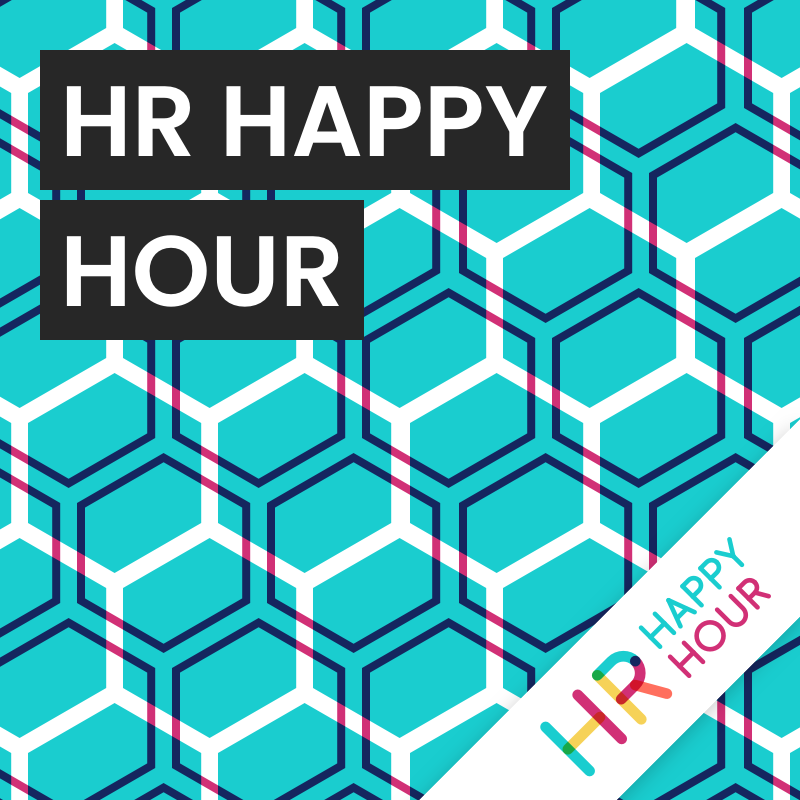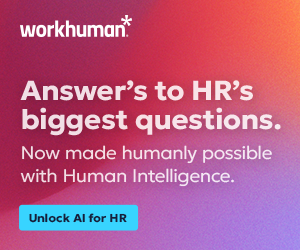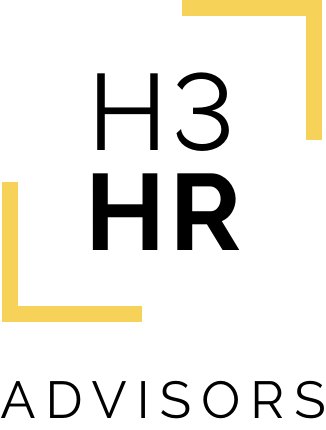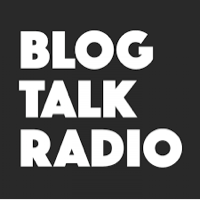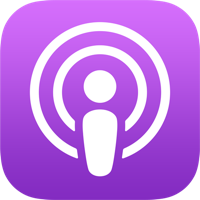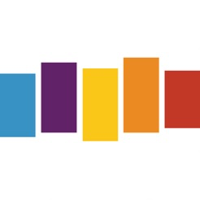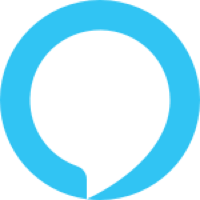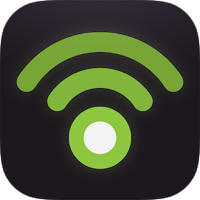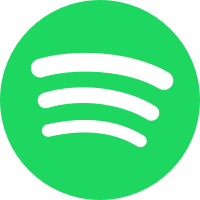Choosing the Right Tech Tools for Your Company: LIVE from isolved Connect
Hosted by

Karen Steed
Client Experience Director & Media Producer

Trish Steed
Co- Founder and Chief Strategy Officer, H3 HR Advisors
About this episode
Choosing the Right Tech Tools for Your Company: LIVE from isolved Connect
Hosts: Trish Steed, Karen Steed
Guest: Kimberly Crawford, HR Director at Southeast Mississippi Rural Health
This week, we met with isolved customer, Kimberly Crawford, live from the isolved Connect Conference in Nashville, TN.
– Challenges of finding a workforce in healthcare
– Using HR technology to care for employees
– How automation changes the onboarding process
– Empowering employees and making them feel connected
Connect with Kimberly Crawford here
Thank you for joining the show today! Remember to subscribe wherever you get your podcasts!
Transcript follows:
Steve 0:24
Hi everyone, this is Steve Boese. Recently the HR Happy Hour and H3 HR Advisors team attended the isolved Connect conference in Nashville, Tennessee. At the event, we sat down with several isolved leaders and isolved customers to talk about some of the most important topics issues and trends in the world of work, HCM, technology, and more. This episode is a part of that series recorded at the event. And we’re excited to share them with you. Thanks to our friends at isolved, and we hope you enjoy the show.
Trish 0:55
Welcome to the HR happy hour, you are here with Trish and my special guest host Karen.
Karen Steed 1:00
Hi, how are you?
Trish 1:02
I’m good. How are you?
Karen Steed 1:03
It is so good to be here. I love getting to step in.
Trish 1:06
I know you’re doing a great job. We are here at isolved Connect and we have been having a great time we are talking with executives. And this special episode we are actually getting an opportunity to talk with one of their customers. We are with Kimberly Crawford, the Director of Human Resources for Southeast Mississippi Rural Health. She is a SHRM certified HR professional with over 15 years of human resource experience and efficient collaboration between multiple departments and levels of management with experience creating and implementing new policies and procedures, all Wyoming managing to gain employees buy in and effectively influencing company culture. So welcome to the show.
Kimberly Crawford 1:46
Thank you so much for having me.
Trish 1:48
So healthcare I mean, I before we started recording, I have to say I’ve you know, worked a little stint in healthcare myself, I was always told it was different. I didn’t believe it until I worked in healthcare, HR, it is quite different. You are someone who has to sort of amp up that level of caring. Have you found that to be the case yourself?
Kimberly Crawford 2:07
Absolutely. It is always so difficult to one find a workforce and health care. You know, we always have have that revolving door of a workforce. So now we’re also looking at how to keep our staffing gauge how to keep them happy, so that they want to stay with us instead of going with our competitors of the street. Because in healthcare, we have a lot of competition. We have multiple different agencies and hospitals and nursing homes vying for our staff. So how do they stay relevant?
Trish 2:39
Right. Can you tell us a little bit about your workplace? What’s the size, kind of the you know, the scope of who you provide services for? What type of, you know, workforce?
Kimberly Crawford 2:51
Sure. So we’re a community health center we provide services are mainly primary health care to southeast Mississippi, we have 17 locations and about 250 employees. Currently, we have doctors, nurse practitioners, medical receptionist, nurses, our admin staff, of course, that covers all of our payroll, purchasing HR functions as well. So very diverse workforce, across all their friends, personalities, and age groups, and even location, a lot of our workforce is in a rural population. So that comes with its own challenges in itself. How do we recruit for this local town that has a small population? And how do we retain that talent once we recruit them as well?
Trish 3:45
Right? What kind of things do you do that’s different than I mean, are there are you finding there are people that will actually have those skills in those areas? Are you having to recruit from maybe other towns or imploring them to work there? How does that work?
Kimberly Crawford 3:58
So we focused on our benefits. We have, for example, we offer four weeks of PTO, your first year employment, plus 10, paid holidays. So that’s six weeks off that a new person would have in their first year that no one else in our area is doing. We also cover all of their health insurance. And then we really try to instill our mission in our employees as well. We’re able to cater to an underserved population. So coming in to work for us makes you feel good as well. Some of our patients are underinsured and don’t have insurance at all. So we are their only resource for health care. We have lots of services such as like women’s health and dental as well that we’re able to help patients in in all different areas to be their, their, their home when it comes to health care. They’re one stop shop and the affordable so our employees are very aware of our mission and how they align with it in their day to day work.
Karen Steed 5:00
And then with your mission and just knowing a little bit, you know, more about isolved and in the community that they’re working to build right now, I mean, how are you using their products to really care for your employees?
Kimberly Crawford 5:14
So mainly for that engagement, making us feel like we’re all under one organization, having 17 different locations is sometimes difficult. Everyone feels like they’re the stepchild, if they’re not located, like centrally in Hattiesburg with the rest of us. So share and perform is an example, we are able to talk to people that are an hour away and be engaged with what they are doing with at their site. If they have a patient, a patient recommended that site or there’s a positive review online, we’re able to keep the entire company engaged by using share and perform, as well as the people cloud. Our supervisors are all there all over the place, as well. So some of the staff have to travel. So being able to use just as one centralized platform to manage time, and training. And we also have the performance piece as well. So having it all under one umbrella is it makes their time they spend their time more efficiently, we no longer have to go through, you know, a separate intranet or a separate platform to do an evaluation and another platform to do training. It’s everything is under that one single sign on just very convenient. And they already have multiple passwords.
Trish 6:38
You know, it’s interesting, where you’re talking about having a 17 locations. And I love that you said you’re really trying to just make people feel connected, a whole theme of this event that rat is connect, right. And so it’s one of the things that when you think about how employees are engaged from day one, all the way through their entire journey with you. Have you found that it actually, I don’t know how long you’ve had the software, right? But do you find that it’s really made a significant difference in the way that you can not just that you are connected with a single platform, which is important, but what are some of the little make to an example or something of, you know, in a daily transaction, you know, with one location to another? How are they really using the software to make those connections even deeper than just sort of a surface Connect?
Kimberly Crawford 7:24
Absolutely. So I have been with SMRI, I’ve been there for four years. And we added on all these different isolved platforms as we as time has progressed. So for us, we were very much a paper company, everything was done on paper. So being able to automate the process has been helpful. Onboarding, for example, HR can now take care of all of that an applicant can upload documents. So when they come in from orientation, then it’s just a matter of doing the meat and potatoes of orientation, all that free work has been taken out of it. For our management staff. Now they’re able to upload their own documents, they no longer have to rely on HR to manage PTO, or input training hours, or fix a timecard. We give them the tools to go through that themselves. So for them, they have been, I think, very efficient and being able to just handle their workforce on their own uploading documents. If they have a question about a handbook, it’s right there at their fingertips.
Trish 8:37
Right. Follow up question on that. So it’s really empowering your employees is what you’re doing. I know that sometimes in health care, having worked there, it’s sort of like, you need to still make sure that the workers are feeling cared for. Right? How does Could you maybe talk about how does empowering someone actually help them to feel cared for? Because I think that’s something we get questions, you know, a lot about that is, is self service going to make people feel like shut away? It sounds like that’s not your experience? No, it’s nine back that you get on actually having on being able to be empowered to do some of these things themselves?
Kimberly Crawford 9:16
Well, mainly, they can do things after hours. They can request PTO, they can check their balances, they can review policies. So you’re no longer in again, health care in a pandemic. They are really busy in the clinics, they really don’t have time to sign on and really take care of things for themselves because they really are about providing quality patient care. It’s so for them to be able to sign on after hours. It’s a sigh of relief to be able to ask those questions and then get answers right there. And then for us as an HR department, that’s one less thing that we have to do. We no longer have to rely on an HR ticketing system and you know, answering it within 20 for 48 hours when they can just answer for themselves.
Karen Steed 10:04
It’s definitely been so busy over the last couple of years, I’m sure that in healthcare with everything going on with the pandemic, are there any things that you’re seeing new as far as challenges for an HR leader, which right now that maybe you just weren’t having for years?
Kimberly Crawford 10:19
Definitely. So there is a multi generational workforce right now. And I think they’ll have a younger workforce that’s influencing the older workers. Like, you know, we’ve all heard of the great resignation. You know, we have people that historically had looked at having a job and a paycheck as like, that’s enough. That’s rewarding. I’m gainfully employed. And now that’s not enough. It’s trendy to switch jobs every couple of years. It’s not frowned upon anymore. So that has been our struggle just to keep them engaged, not just in the beginning, like, Okay, we got you, but how can we keep you as well. We had a conversation off air about in healthcare, we fed them, you know, we had pizza parties, and sweets, we have vendors, and we’ll come in and feed us. That’s not enough. And so we’re asking ourselves, How do we keep you how do we what makes you happy? So we do call surveys, at least twice a year. And then from there, we really listen to what they say. So it’s not just checking a box, what do you think, but let’s analyze this data and really look at how can we set ourselves apart as an industry leader, and a place people want to work?
Trish 11:40
I think to the type of, you know, the type of service you’re offering to the community as they come in, in their time of need. It’s very personalized. And it sounds like what you’re doing now to your employees, is sort of amping that up to a more personal, what do you need level and I don’t know that, you know, even 10 years ago, and I have seen health care, we were just starting to scratch the surface a little bit on that we weren’t really thinking about is more just making everything fair. use air quotes, fair, fair, when really, you need to do some amount of personalization to make people feel really appreciated, really needed. Because what what you might feel, you know, appreciated with, it’s not necessarily what I would feel appreciated, what exact So food is good. It’s a good start, believe me, but it’s your right, it’s not enough anymore. And so having technology to support those things that you’re trying to do was kind of cool.
Kimberly Crawford 12:34
And overall just listen to your employees, like they are telling you what they want and what they need. So hear them and I think that you’ll do well.
Trish 12:44
Last question I would have then is there anything that you’re hearing? You mentioned the multi generational? I know that some people are, you know, for the last few years, like, oh, it’s not that big of a deal? It is it’s very different. Could you maybe talk a little bit about your youngest sort of cohort of workers, maybe the people that are in their early 20s to late 20s, or you find there’s anything different you need to do as you’re approaching retention in sort of keeping them engaged? Or is that still a little bit of a mystery that you’re kind of working?
Kimberly Crawford 13:16
Well, the PTO, I think is a big piece, you know, younger people they’re traveling, they want that time off to that mental health time. All of those things that are trending, we have to look at, and I think six, having six weeks off in your first year of employment, lets them accomplish this goal, right. And to training, I have found that right out of college, you know, you have that degree, maybe even a master’s degree. Young people want to just automatically jump into leadership. And that’s okay, but can we provide them with a training to really be a effective leader in your organization. So for us, we have a great relationship with the colleges in town. And we do provide internships to try to help them determine what their path is going to be or what they want it to be, and then give them the tools to get.
Trish 14:15
Hey, thank you so much for joining us today. We really love hearing about just what you’re doing, but also how you’re using the technology to help support some of these changes, because it’s really different for human resource professionals, especially coming out of a pandemic or sort of coming out. I don’t think we’re officially out yet but it certainly added some some different challenges and puts HR in the spotlight, quite honestly. So good. Well, where can people connect with you? I know we have a lot of listeners who would probably love to connect. is LinkedIn the best place?
Kimberly Crawford 14:45
Absolutely. You can look up Kimberly Crawford on LinkedIn and I do work at Southeast Mississippi and Rural Health Initiatives. So hopefully I’m pretty easy to find.
Trish 14:55
Very good. All right. Well, thank you so much for joining us today and we look forward to chatting in the future.
Kimberly Crawford 15:00
Thank you for having me.
Trish 15:01
Thank you
Transcribed by https://otter.ai
Talk to us
If you want to know more about any aspect of HR Happy Hour Media Network, or if you want to find out more about a show topic, then get in touch.

